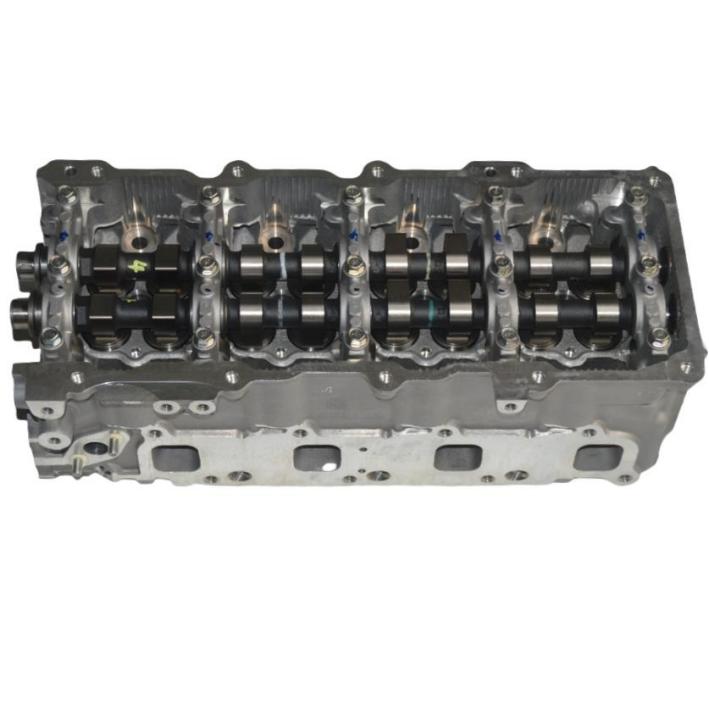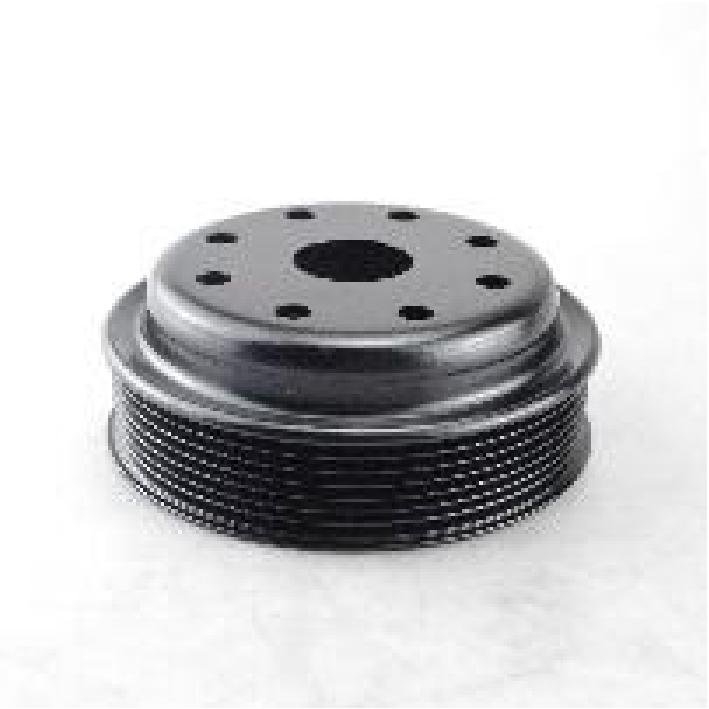Everything You Need to Know About Auto Electric Parts in Modern Vehicles
Introduction to Auto Electric Parts
Modern vehicles are marvels of engineering, blending mechanical systems with sophisticated electronics. At the heart of this integration lies a network of auto electric parts—components designed to generate, distribute, and control electricity across your vehicle.
Without these essential parts, your car wouldn't start, shift gears, play music, or even illuminate the dashboard. Every turn of the ignition key triggers a coordinated sequence powered by electricity. Understanding auto electric parts helps you make informed decisions about vehicle maintenance, upgrades, and replacements.
The Evolution of Automotive Electrical Systems
The journey of auto electric parts began in the early 20th century with basic lighting and ignition functions. Here's a brief historical timeline:
- 1912: Cadillac introduces the electric starter motor, eliminating the need for hand cranks.
- 1930s-1940s: Vehicles gain electric wipers, radios, and heaters.
- 1960s-1970s: Introduction of alternators and transistorized ignition.
- 1980s: Rise of computerized engine control systems and digital dashboards.
- 2000s–Present: Advanced Driver Assistance Systems (ADAS), EVs, and infotainment integration.
Today’s vehicles rely on an intricate network of auto electric parts, including high-voltage systems in electric vehicles (EVs), complex wiring harnesses, and dozens of control modules.

Essential Auto Electric Parts and Their Functions
1. Battery
The battery is the foundation of any vehicle’s electrical system. Typically 12 volts in most internal combustion vehicles, it stores energy to:
- Start the engine.
- Power electronics when the engine is off.
- Stabilize voltage in the electrical system.
Modern batteries come in several types—lead-acid, AGM (Absorbent Glass Mat), and lithium-ion. They also vary in capacity (measured in ampere-hours) and Cold Cranking Amps (CCA), essential for starting engines in cold weather.
Maintenance Tips:
- Keep terminals clean and corrosion-free.
- Use a voltmeter to ensure voltage stays above 12.4V.
- Avoid deep discharges in traditional lead-acid batteries.
2. Alternator
The alternator is an electro-mechanical device that converts mechanical energy into electrical energy. Once the engine runs, the alternator charges the battery and supplies power to the vehicle’s electrical systems.
Key components of an alternator include:
- Rotor and stator (generate current).
- Voltage regulator (maintains consistent output).
- Diode rectifier (converts AC to DC).
Signs of Alternator Trouble:
Flickering headlights.
Dead battery despite a recent charge.
Dashboard warning lights (battery icon).
3. Starter Motor
The starter motor cranks the engine, enabling the combustion process to begin. It draws significant power from the battery and relies on a solenoid to engage the flywheel.
Modern starter motors may include features such as:
- Gear reduction for better torque.
- Integrated solenoids.
- Start-stop technology compatibility.
Symptoms of Failure:
Clicking sound when turning the key.
No engine crank.
Intermittent startup issues.
4. Wiring Harness
The wiring harness acts like the body's nervous system, connecting all electrical and electronic components. It includes wires, connectors, fuses, and relays bundled for efficiency and safety.
Harnesses are customized for each vehicle and grouped into systems:
- Engine harness
- Cabin harness
- Chassis harness
- Door and lighting harnesses
Failure Causes:
Rodent damage
Heat-induced insulation cracks
Loose or corroded connections
5. Fuses and Relays
Fuses and relays protect auto electric parts from overcurrent and overload conditions.
Fuses blow when current exceeds their rating, breaking the circuit.
Relays allow a low-current switch to control a high-current load.
Types include:
- Blade fuses (common in modern cars)
- Mini and micro relays
- Time-delay and thermal relays
Tips:
Replace fuses only with the correct rating.
Never bypass fuses—it risks electrical fires.
6. Ignition System
This system initiates combustion in petrol-powered engines. It comprises:
- Ignition coil: Converts low battery voltage into high voltage (20,000–40,000 volts).
- Spark plugs: Deliver a timed electric arc to ignite the air-fuel mixture.
- Ignition control module (ICM): Controls spark timing based on ECU inputs.
Modern cars use coil-on-plug (COP) systems, eliminating the need for traditional distributor caps and wires.
Issues and Symptoms:
Engine misfires.
Poor fuel economy.
Difficulty starting in cold weather.
7. Sensors and Actuators
Sensors collect data (speed, temperature, position, pressure) and relay it to the ECU. Actuators perform actions based on ECU commands—like opening fuel injectors or adjusting throttle valves.
Important types of sensors:
- Oxygen (O2) sensor
- Mass Air Flow (MAF) sensor
- Throttle Position Sensor (TPS)
- Crankshaft/camshaft position sensors
Common Actuators:
Idle air control valve
Variable valve timing actuators
Door lock actuators
Faulty sensors can throw off the ECU’s calculations and result in erratic performance.
8. Electronic Control Units (ECUs)
ECUs are microprocessors that process sensor input and control vehicle functions. Each ECU manages a specific domain:
- Engine Control Module (ECM)
- Transmission Control Module (TCM)
- Body Control Module (BCM)
- Airbag Control Module
Vehicles may have 50–100 ECUs, interconnected via data buses (CAN, LIN, FlexRay).
Risks of Failure:
Random warning lights.
Malfunctioning systems.
Difficult or impossible diagnosis without specialized scanners.
9. Lights and Indicators
Lighting is both functional and regulatory. Common auto electric parts here include:
- Headlights (halogen, HID, LED)
- Taillights and brake lights
- Turn signals
- Interior dome and map lights
- Instrument cluster lighting
Modern vehicles may feature adaptive headlights and intelligent lighting systems.
Troubleshooting:
Check bulbs, fuses, and ground connections.
Use multimeters to check voltage at the socket.
10. Power Accessories
These are convenience features powered by electric motors and actuators:
- Power windows and seats
- Remote keyless entry
- Rearview mirrors with memory settings
- Heated seats
- Infotainment displays and speakers
In luxury and modern vehicles, these systems are often networked with the ECU and require calibration after replacement.

How Auto Electric Parts Work Together
Imagine you turn your car key or press the start button:
- Battery supplies voltage to the starter motor.
- Starter motor cranks the engine.
- Ignition system delivers spark via coils and plugs.
- Sensors (like crankshaft and MAF) provide data to the ECU.
- The ECU optimizes fuel delivery and ignition timing.
- The alternator begins recharging the battery.
All systems—from lighting to infotainment—draw power through the wiring harness, protected by fuses and relays.
How to Choose the Right Auto Electric Parts Supplier
When sourcing auto electric parts, consider:
- Reputation: Look for reviews, testimonials, and return policies.
- Inventory depth: Suppliers offering a wide range show expertise.
- Certifications: ISO9001, TS16949 compliance indicates quality control.
- Customer service: Technical support and installation help.
- Shipping reliability: For emergency replacements, fast logistics matter.
Online suppliers with physical warehouses and easy return policies are often the safest bet.
Conclusion
Whether you're starting your car, adjusting your seat, or checking your GPS, auto electric parts are at work. They power, protect, and enhance every aspect of your driving experience.
Understanding their function, proper maintenance, and how to choose replacements empowers you as a vehicle owner or technician. As automotive technology evolves, so does the importance of these components.
Keep your auto electric systems in top shape—and they’ll keep you moving.
